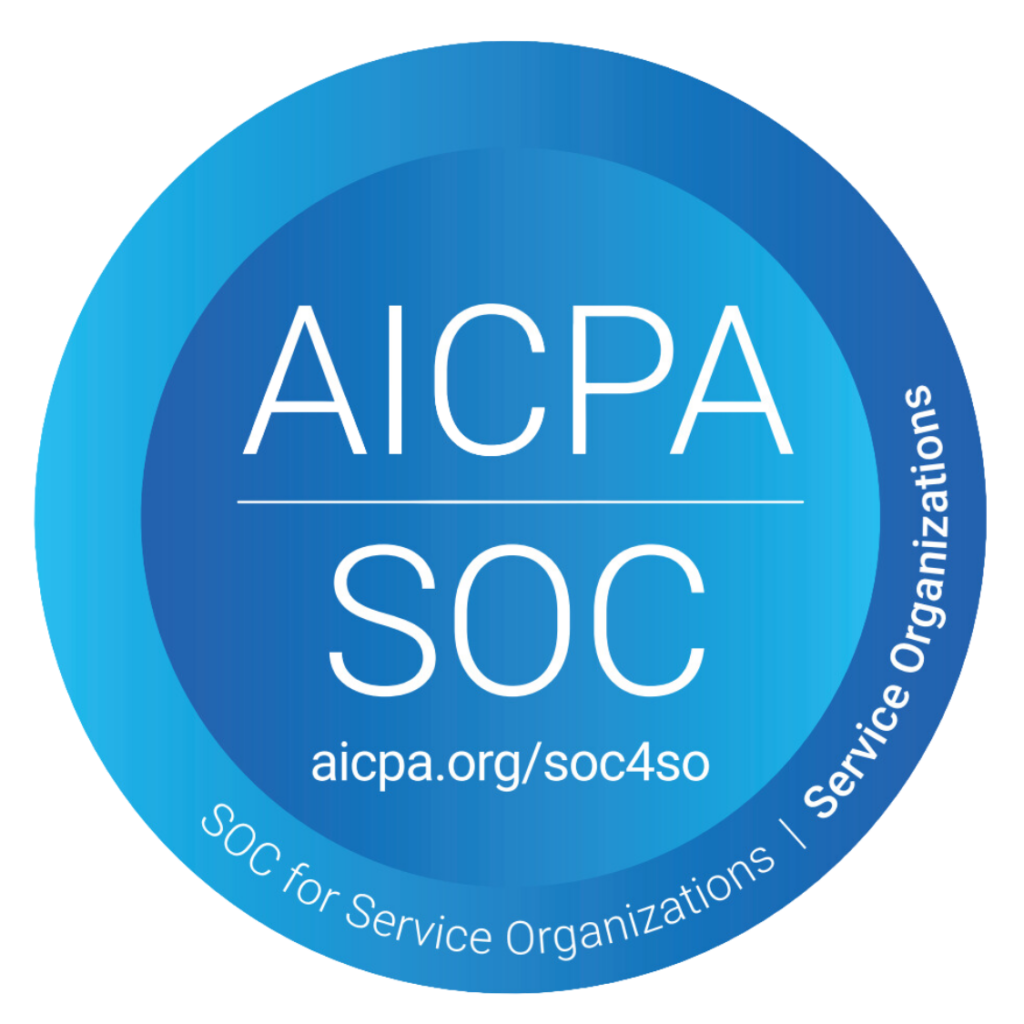As we look back at 2021 pharmacy trends, many are like the trends we saw in 2020. Ongoing impact of the COVID-19 pandemic, importance of data in healthcare, and the cost of prescription medications. Let’s review some of the 2021 trends and what we anticipate for 2022.
Key pharmacy trends: 2021
FDA approval of monoclonal antibody infusions for the treatment of COVID-19 was a big milestone in 2021, but we also saw supply chain issues related to these drugs and many other supplies in the healthcare space due to the pandemic. The use of telehealth consultations with pharmacists and mobile apps for prescription medications continued to increase as well due to the pandemic and new options available for customer convenience.
The cost of prescription medications and its impact on adherence is one of the most critical trends in the industry. Six out of 10 (60%) of adults in the United States currently take a prescription medication. About 25% of adults are taking more than four medications. Yet 30% of members surveyed say they don’t take their medication as frequently as prescribed due to cost.
When the out-of-pocket cost for a medication is more than $125, abandonment rates climb to 45%. That’s nearly half of the members who do not take a drug as prescribed because of the cost. Specialty medications, which are often a higher cost to both the plan and the member, are some of the most likely to be abandoned.
Data in healthcare remains a key trend as well, because without high quality data and experts who can provide context for that data, employers do not fully understand what the plan is paying for or what steps they can take to control costs.
What’s ahead for 2022 and beyond
The COVID-19 pandemic will continue to impact all levels of healthcare in both positive and negative ways. While things like the expansion of telehealth services and groundbreaking research to fight disease is seen as positive, the pandemic has taken a significant toll on the entire healthcare industry. Staffing challenges will continue for pharmacies and other healthcare providers as much of the industry faces increased demand alongside significant employee burnout.
Another trend expected to continue in 2022 is the increased spending on specialty medications, which often requires additional medical care. With the increased spend for specialty medications and rising costs of many prescription drugs, the focus on cost savings will continue. More companies will be continuing to look for ways to control their prescription costs and ensure employees are able to obtain the medications they need.
With cost savings and medication adherence in mind, we are likely to see an even greater focus on chronic disease management and how prescription plans can provide resources to improve medication adherence and management for Asthma, COPD, Diabetes, and Hypertension.
Impact on self-funded healthcare plans
Pharmacy benefit managers (PBMs) and other payers and providers continue to focus on controlling healthcare costs for the plan while still meeting the needs of the plan members. With these trends in mind, there continues to be a strong focus on specialty drugs, medication adherence programs, and pricing transparency.
MaxCare offers multiple programs that can be added to prescription benefit plans to help manage high-cost medications, assist patients with chronic or complex conditions, and help improve patient adherence. Though some things remain uncertain with 2022 trends, you can rest assured that our team will be there every step of the way.
Contact us today to see how we can help lower your prescription costs while increasing member adherence.



